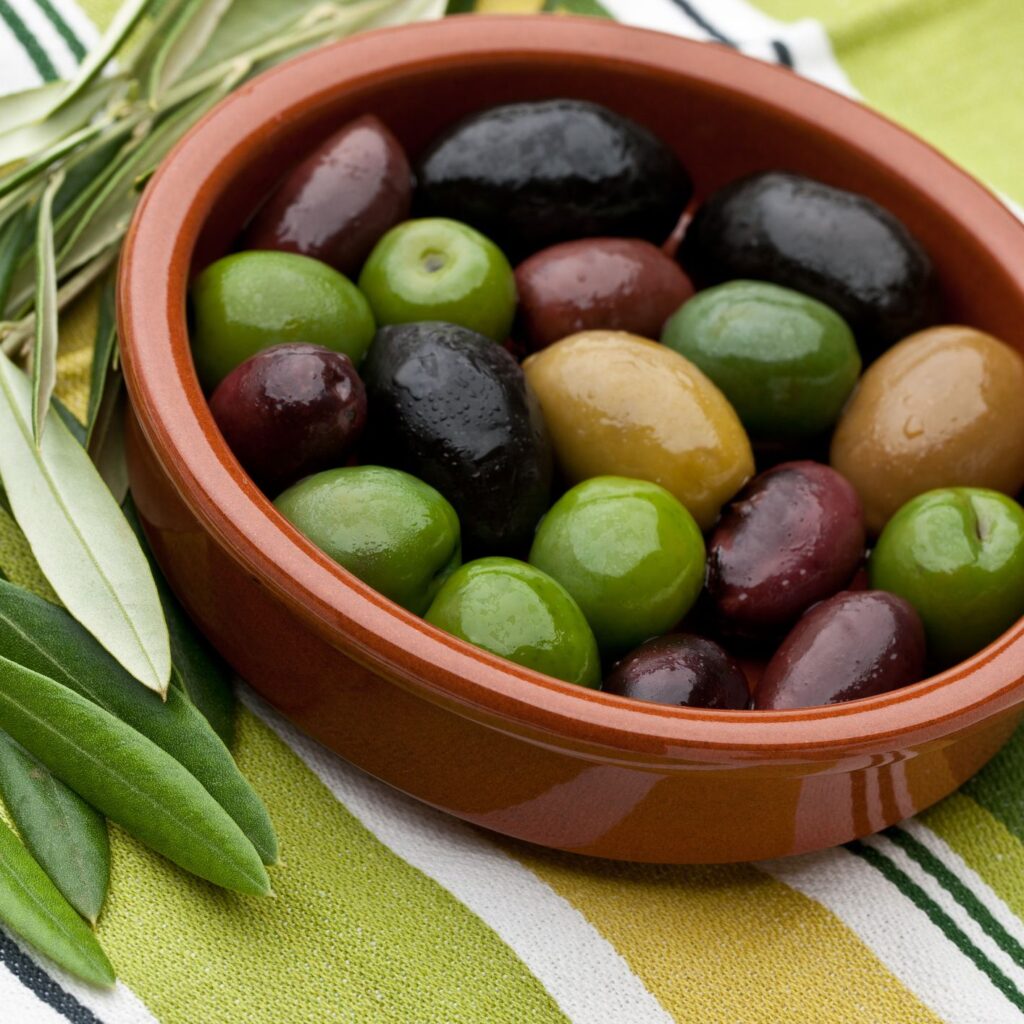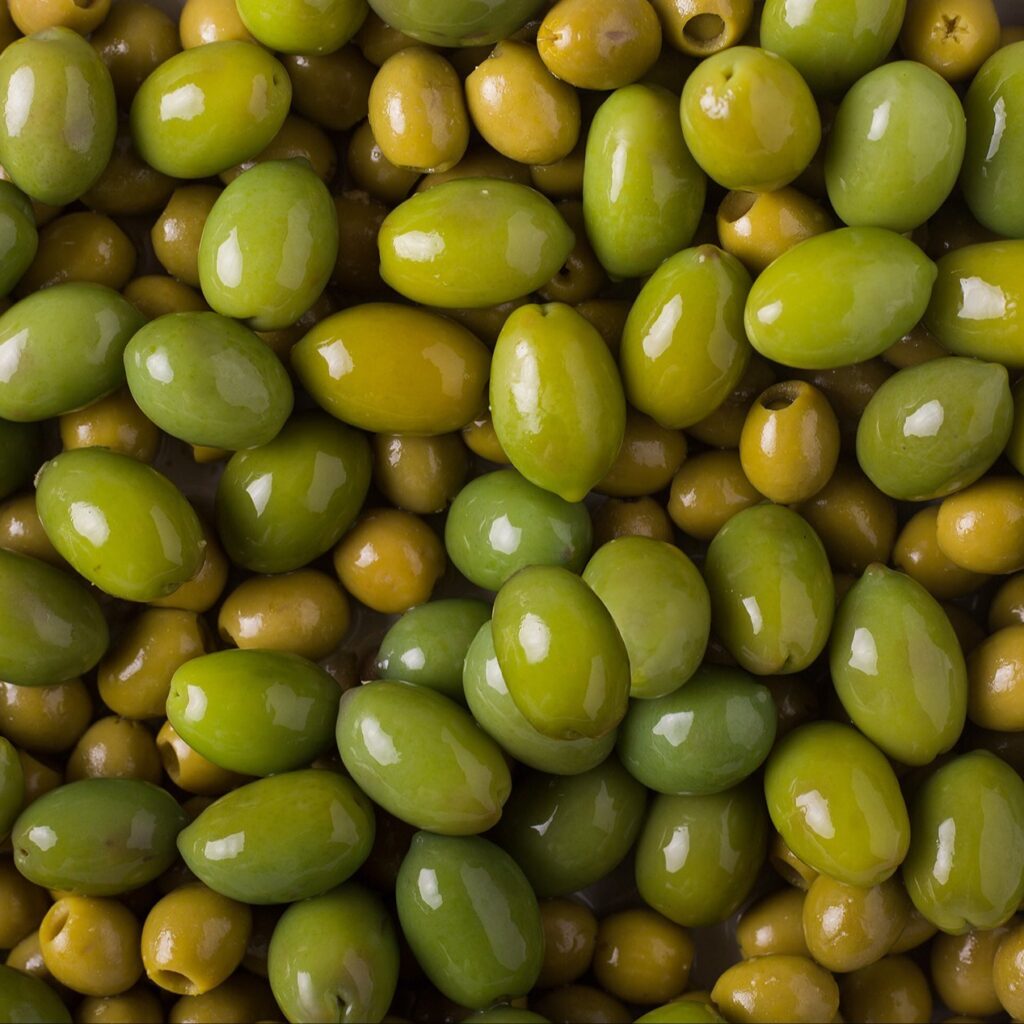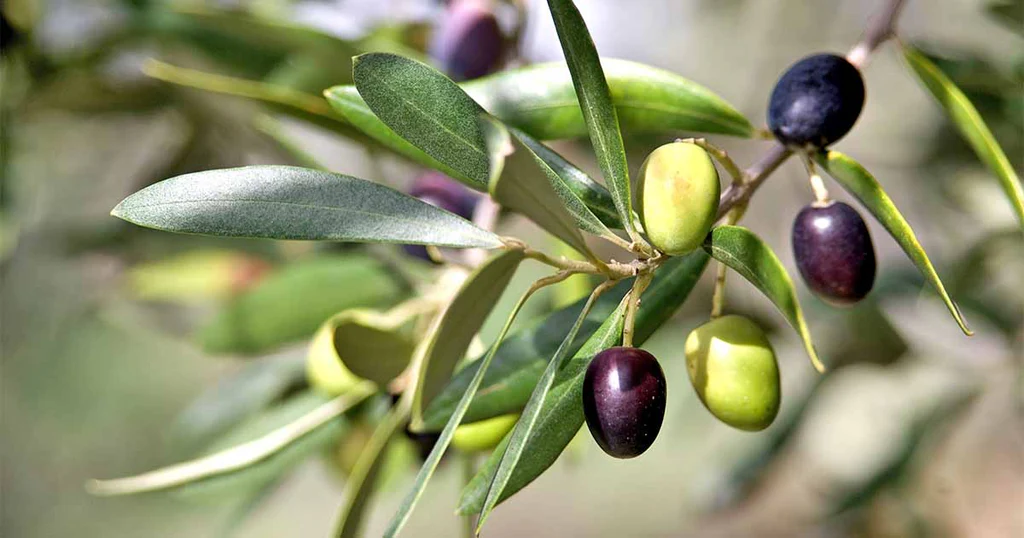Olives — the iconic fruit of the Mediterranean — are cultivated not just for table consumption but also to produce the world-renowned olive oil, hailed as “liquid gold.” But when we look at olive production, both in volume and impact, one country clearly stands out: Spain.
Spain produces the most olives globally, accounting for around 10.8 million metric tons in 2023 — more than double the output of its closest competitors, Greece and Italy reportlinker.com.
A Legacy Rooted in History

Olive trees (Olea europaea) have been cultivated for over 6,000 years across the Mediterranean basin. They flourished in the sun-drenched climates of Spain, Italy, Greece, and North Africa. As civilizations like the Phoenicians, Greeks, and Romans spread westward, so too did olive cultivation.
Today, olives remain central to Mediterranean agriculture, cuisine, culture, and economics. Olive oil holds immense symbolic and practical value, featuring in religious rites and forming the foundation of the celebrated Mediterranean diet.
Why Spain Is the Olive King
1. Vast Cultivation Area
Spain boasts over 2.5 million hectares of olive groves — more than any other country — and sustains approximately 180 million olive trees .
2. Extraordinary Variety
Spanish groves grow both table olives and oil olives, including famed cultivars like Picual, Hojiblanca, Arbequina, and Cornicabra. These varieties cater to diverse culinary and industrial uses.
3. Unequalled Production of Olive Oil
Spain leads in olive oil output, producing approximately 766,400 tonnes in 2023–24, accounting for about 25–30% of world production en.wikipedia.orgworldpopulationreview.com+1internationaloliveoil.org+1.
4. Innovation & Scale
The industry benefits from a blend of mega-intensive olive farms with mechanization and a deep network of cooperatives and mills. Spain even utilizes its olive byproducts for energy—using pits to heat homes, mills, and power industries atlasbig.com+11reuters.com+11ft.com+11.
Comparative Figures: Spain vs. Mediterranean Neighbors

2023 olive fruit production (metric tons) en.wikipedia.org+15reportlinker.com+15en.wikipedia.org+15:
| Rank | Country | Production |
|---|---|---|
| 1 | Spain | 10,800,000 |
| 2 | Greece | 2,850,000 |
| 3 | Italy | 2,140,000 |
| 4 | Morocco | 1,400,000 |
| 5 | Egypt | 1,290,000 |
For olive oil specifically (2023–24) oliveoilworldcongress.com+5worldpopulationreview.com+5internationaloliveoil.org+5pixabay.com:
- Spain – 766,400 t
- Italy – 288,900 t
- Turkey – 210,000 t
- Tunisia – 200,000 t
- Greece – 195,000 t
These numbers underscore Spain’s dominance across both production and technology.
Key Olive-Producing Regions in Spain
Andalusia & Jaén
Andalusia, especially Jaén province, produces nearly half of Spain’s olive oil — amounting to approximately 20% of global olive oil output reuters.com+11en.wikipedia.org+11worldpopulationreview.com+11ft.com+6en.wikipedia.org+6worldpopulationreview.com+6worldpopulationreview.com+1internationaloliveoil.org+1.
Castilla-La Mancha
A powerhouse for table olives and oil, with increasing adoption of high-intensity farming.
Catalonia, Valencia, Aragon, Extremadura
These regions contribute to Spain’s diverse olive cultivation—with table-fired varieties and local blends.
Pioneering Sustainability: Spain’s Olive Industry

Biomass from Olive Stones
Spanish olive mills save both costs and the environment by using olive pits for heating and generating bioenergy ft.com+1en.wikipedia.org+1reuters.com+3scienceagri.com+3en.wikipedia.org+3reuters.com.
Intensive vs. Traditional Farming
While large-scale farms prioritize efficiency and mechanization, smallholders emphasize extra-virgin olive oil quality and traditional methods. This creates a diverse production ecosystem ft.com.
Global Olive Oil Market Trends
- 2023–24 production dropped by 7% to 2.56 million tonnes, largely due to drought. However, Spain increased output by 28% to 854,000 t internationaloliveoil.org.
- 2024–25 forecast: World production expected to rebound by ~32%, with Spain and Italy driving gains .
Why Olives & Olive Oil Matter

- Health: High in monounsaturated fats and antioxidants; cornerstone of the Mediterranean diet.
- Economic impact: Major export commodity for Spain and other Mediterranean countries.
- Cultural value: Symbolic in art, religion, and culinary traditions.
Shifts in Global Production
While Spain remains dominant, olive cultivation is spreading to new regions:
- North Africa: Morocco, Tunisia, Algeria produce significant volumes, mainly for oil.
- Asia-Pacific: Australia now grows olives commercially across 35,000 ha, exporting table olives and oils en.wikipedia.org.
- Emerging Europe: Countries like Hungary are experimenting with olives, marking climatic shifts stockcake.com+13reuters.com+13en.wikipedia.org+13.
- India: A pilot in Rajasthan produced 150 t in 2020 — tiny compared to global leaders en.wikipedia.org.
Challenges Ahead

- Climate change: Heatwaves and droughts (especially in Spain and Italy) dramatically reduce yields and raise prices oliveoilworldcongress.com+10thetimes.co.uk+10reddit.com+10.
- Water scarcity: Intensive groves rely heavily on irrigation.
- Disease risks: Olive flies, fungal threats, and soil degradation remain ongoing issues.
- Market pressure: Competition from rapeseed, sunflower, and other edible oils.
Opportunities for the Future
- High-tech agriculture: Spain is pioneering precision farming, automated harvesting, and sustainable practices.
- Product differentiation: Growing demand for premium, organic, and PDO/PGI-certified olive oils.
- Energy innovation: Olive by-products powering renewable energy systems.
- New markets: Climatic expansion in Asia, the Americas, and Eastern Europe opens fresh horizons.
Final Thoughts
Spain is the undisputed global leader in both olive and olive oil production. Its superior scale, varied olive varieties, advanced farming, and eco-conscious innovations make it the world’s olive powerhouse. While climate change poses challenges, Spain’s resilience and adaptability — from intensive farms to energy-from-waste strategies — will determine the future of this iconic crop.
As global demand for healthful, authentic, and sustainably produced foods grows, olives and olive oil continue to occupy a significant and evolving role—both on our plates and in our planet’s economy.





Leave A Comment